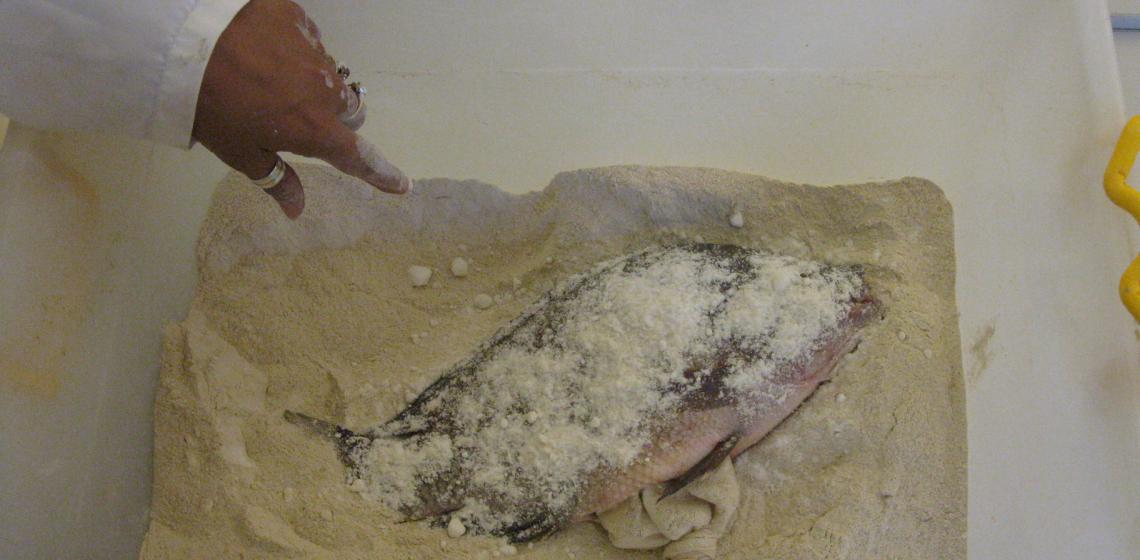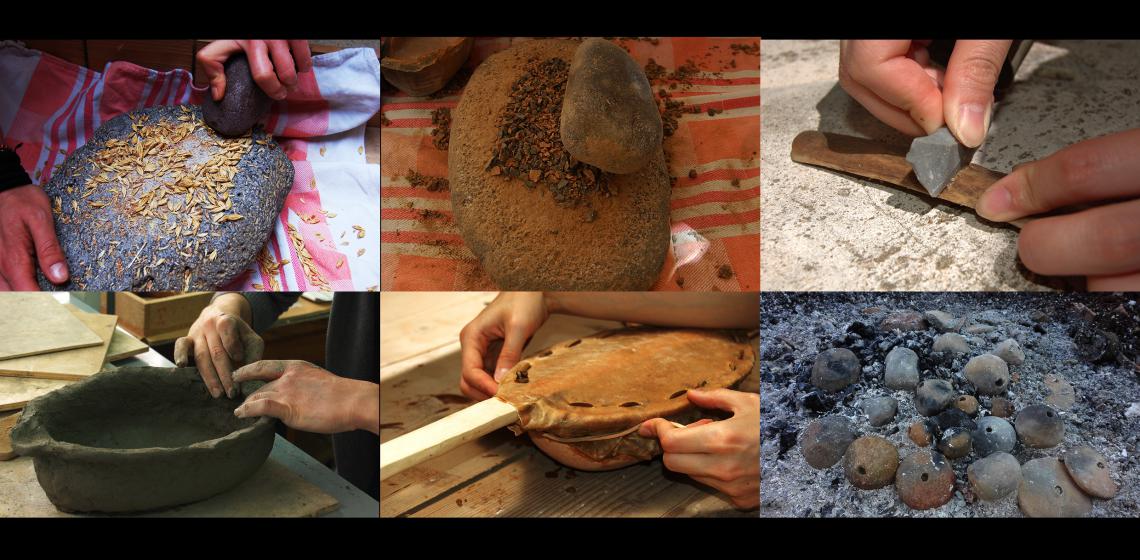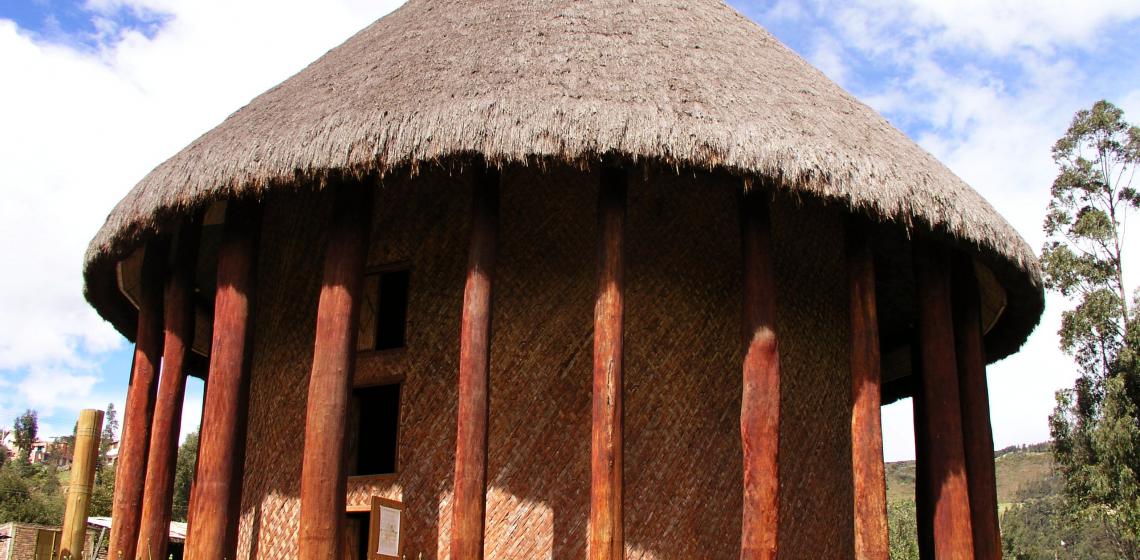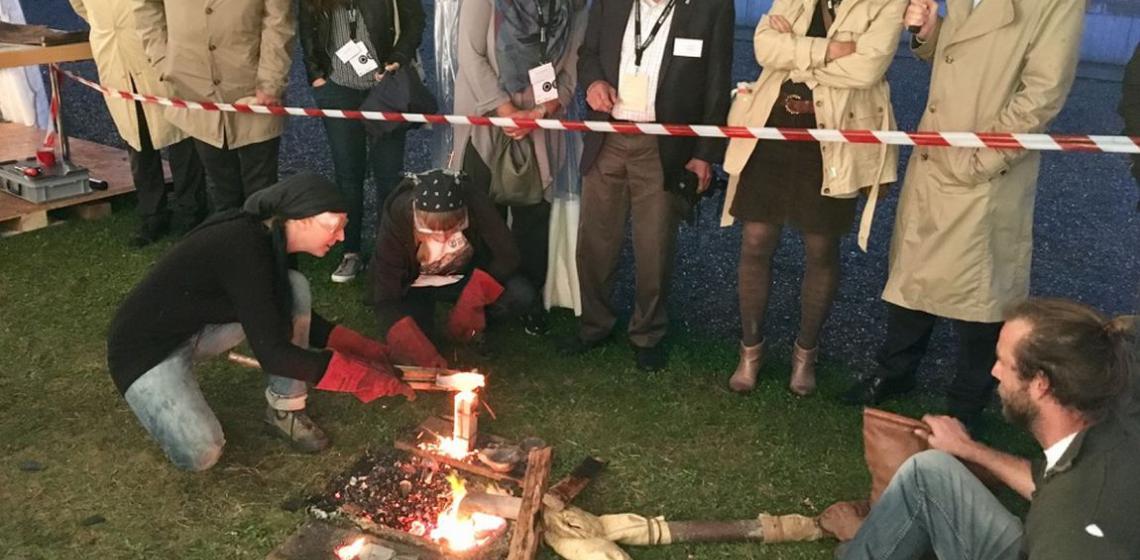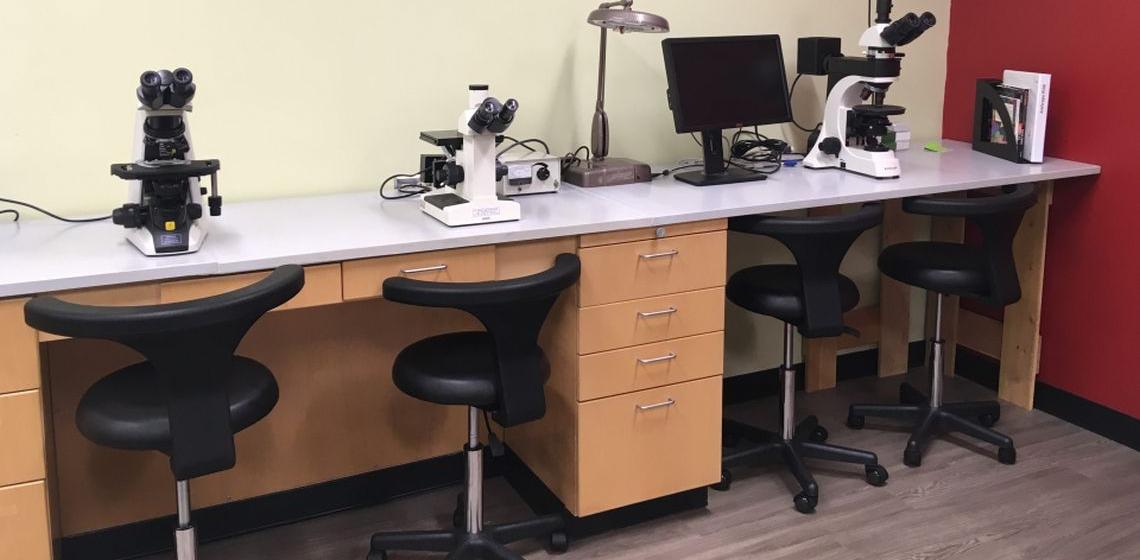Nicolaus Copernicus University (PL)
The Institute of Archaeology, Nicolaus Copernicus University in Toruń is one of the oldest research centres in Poland dealing with experimental archaeology. The first studies of this type realised by our researchers were published in the 1970s.
Since then, experimental archaeology took an important place in different types of scientific projects carried out at our Institute, associated with, for example, medieval metallurgy or textiles. However, we place a special emphasis on the use of the experimental methods in research on prehistory, particularly, the Stone Ages. Most of the work realised of this type is aimed at the creation of experimental tools that we use as a comparative material during traceological analysis of the prehistoric artefacts.


